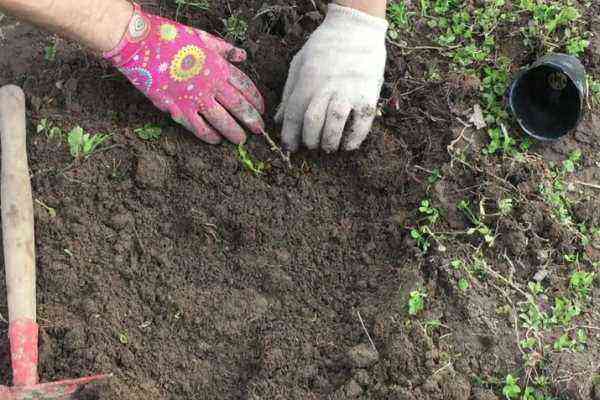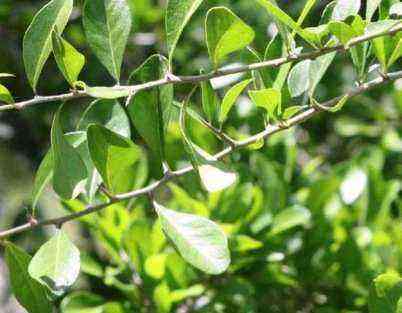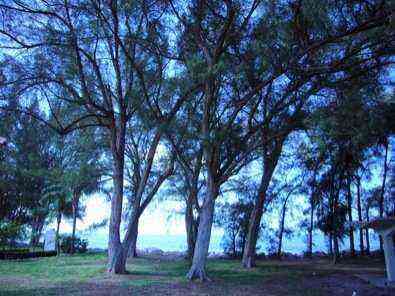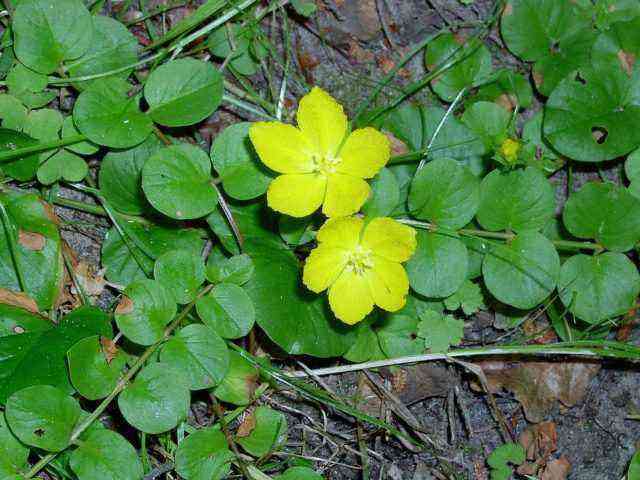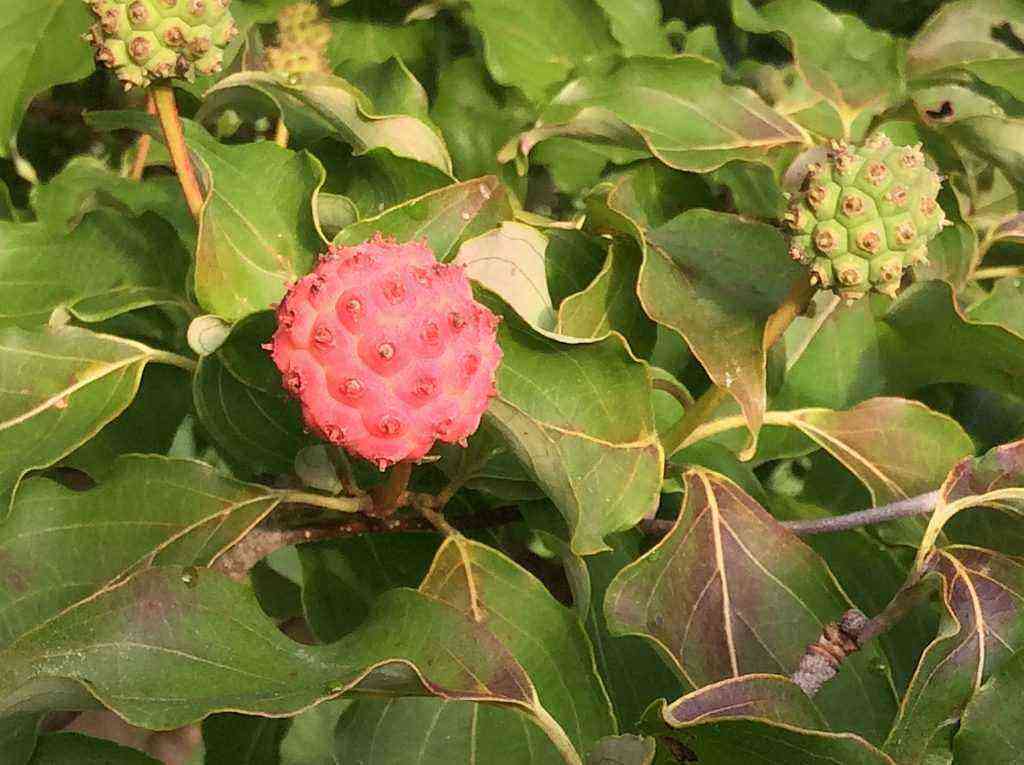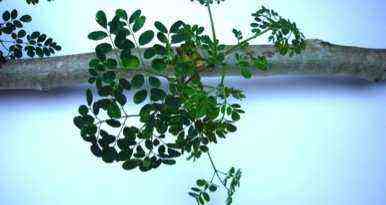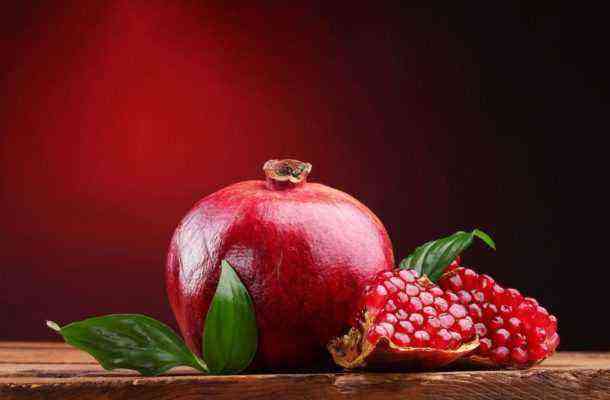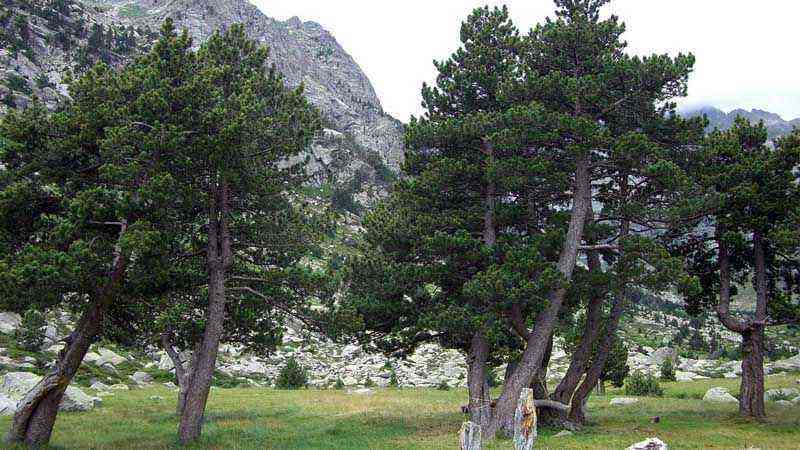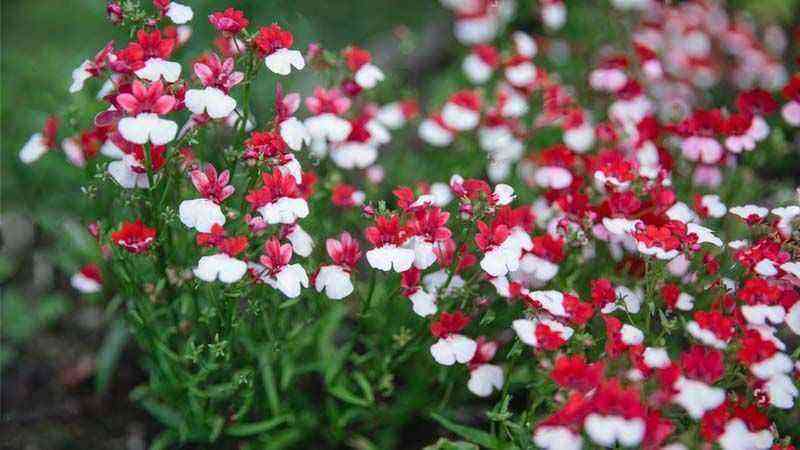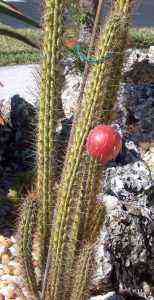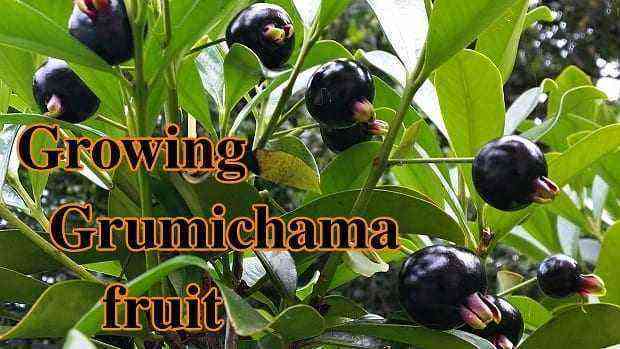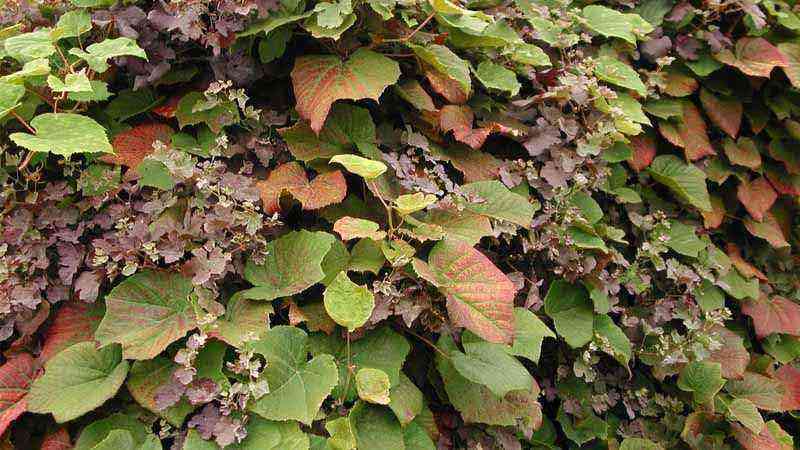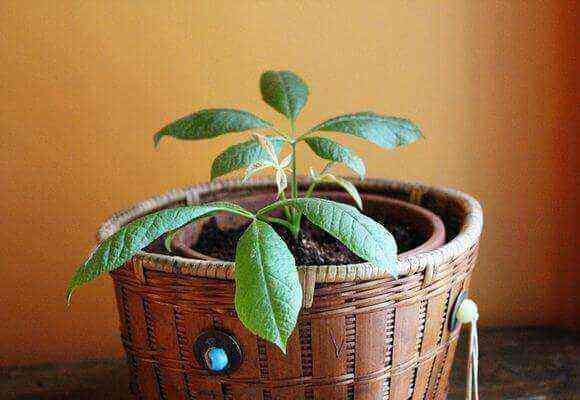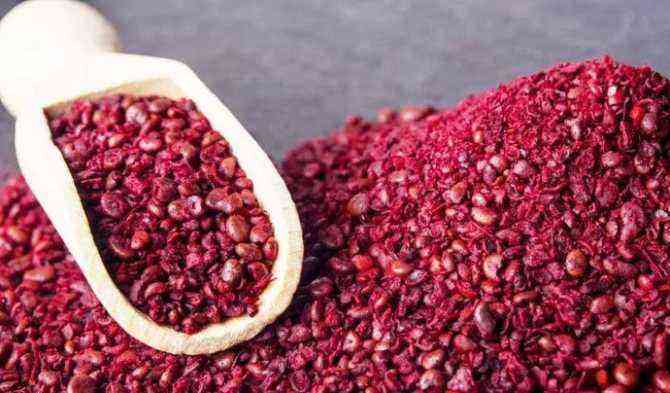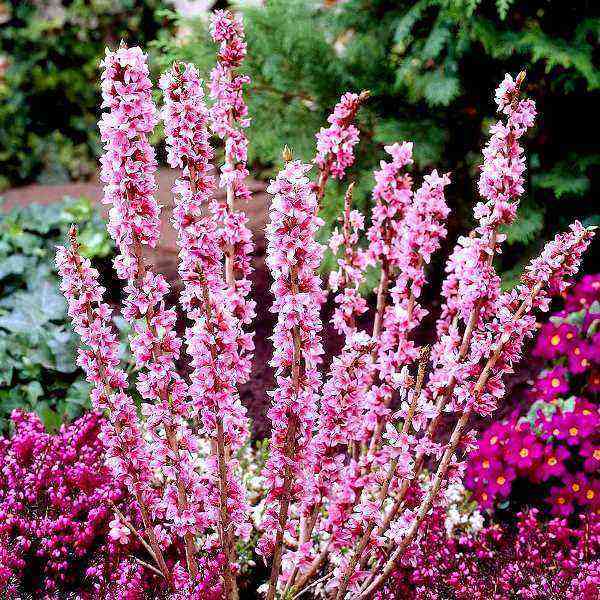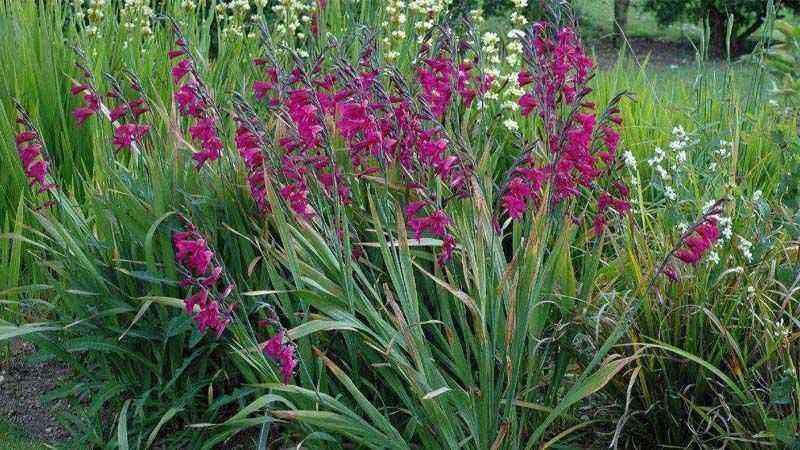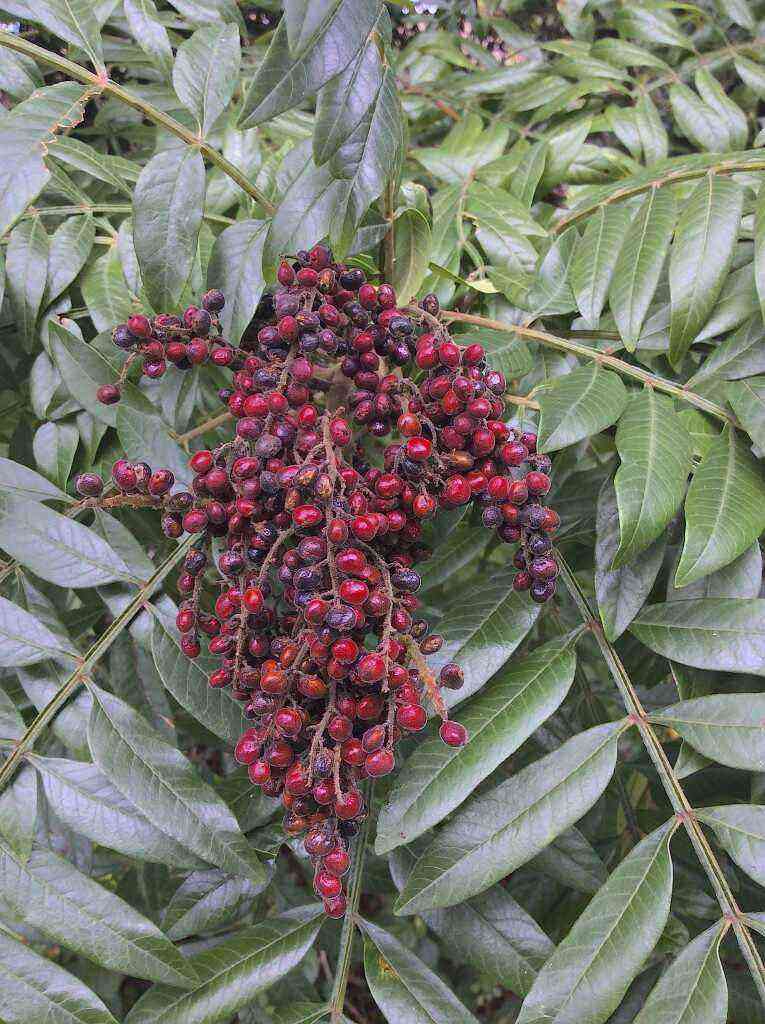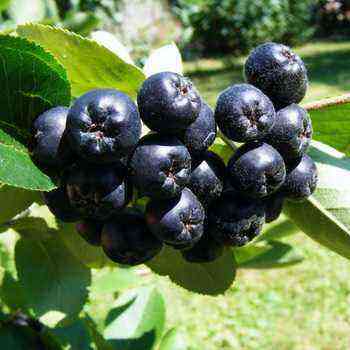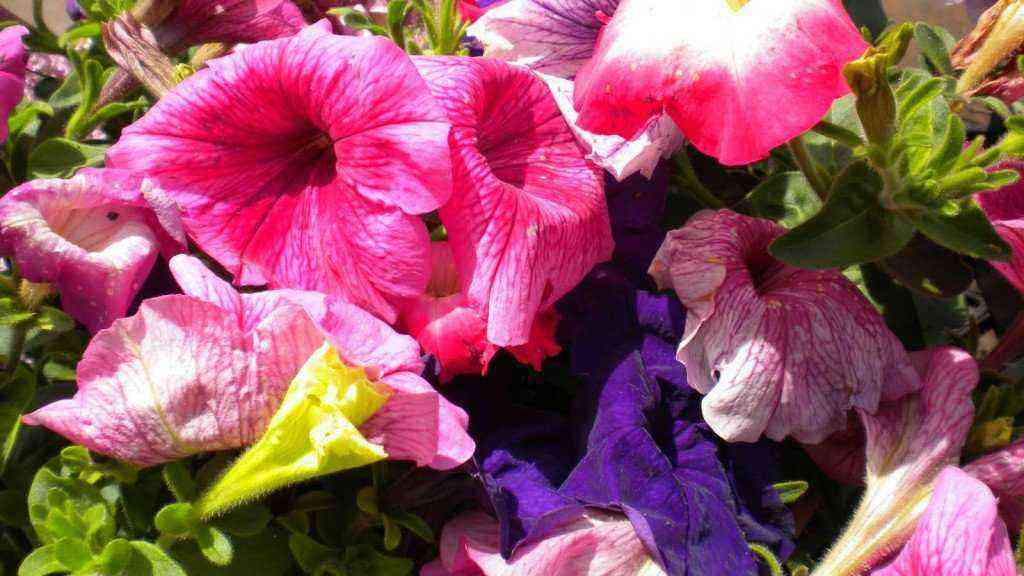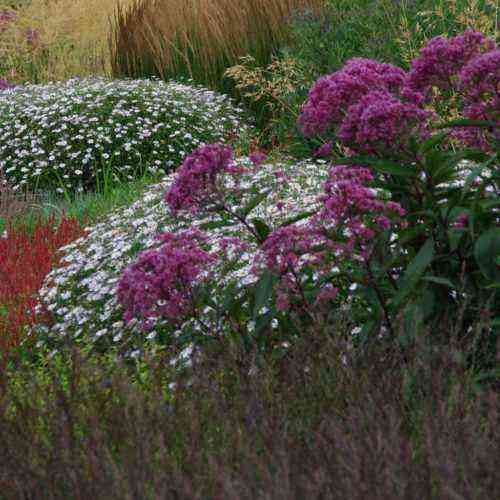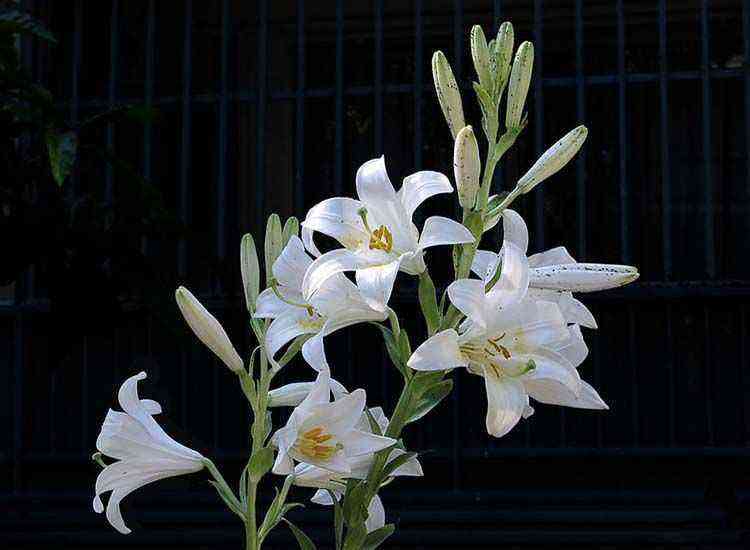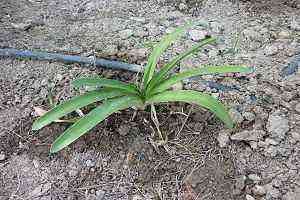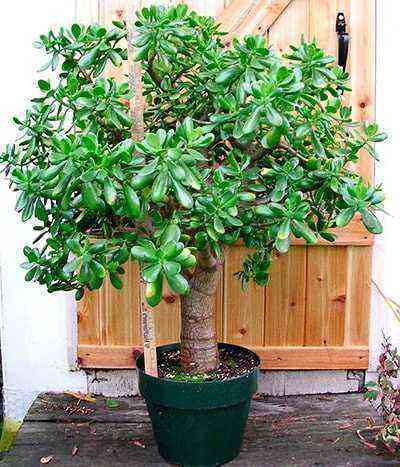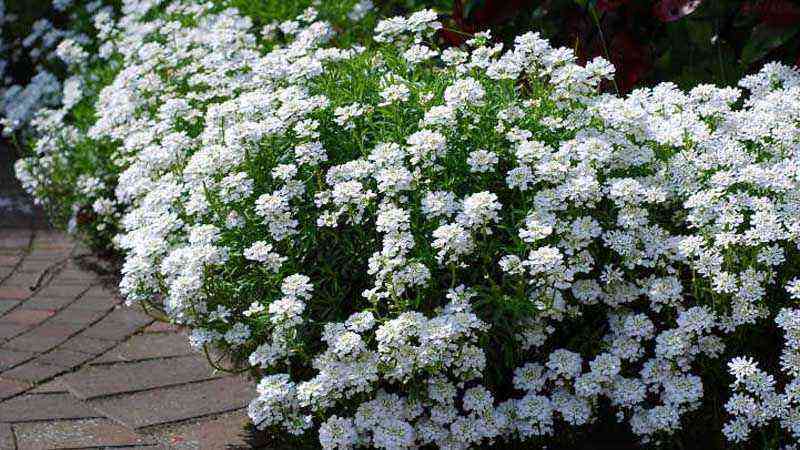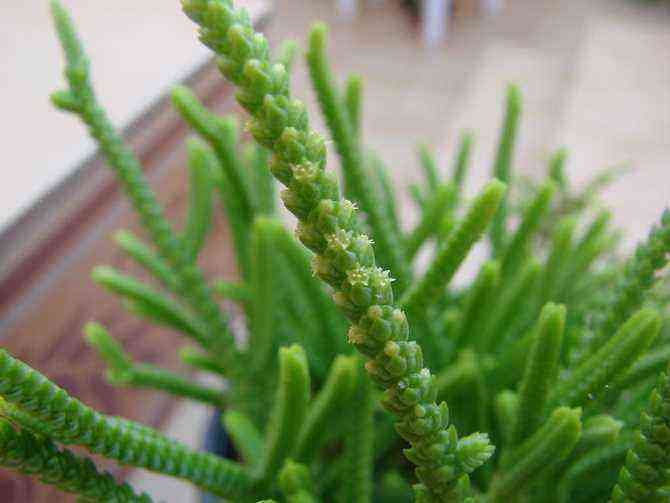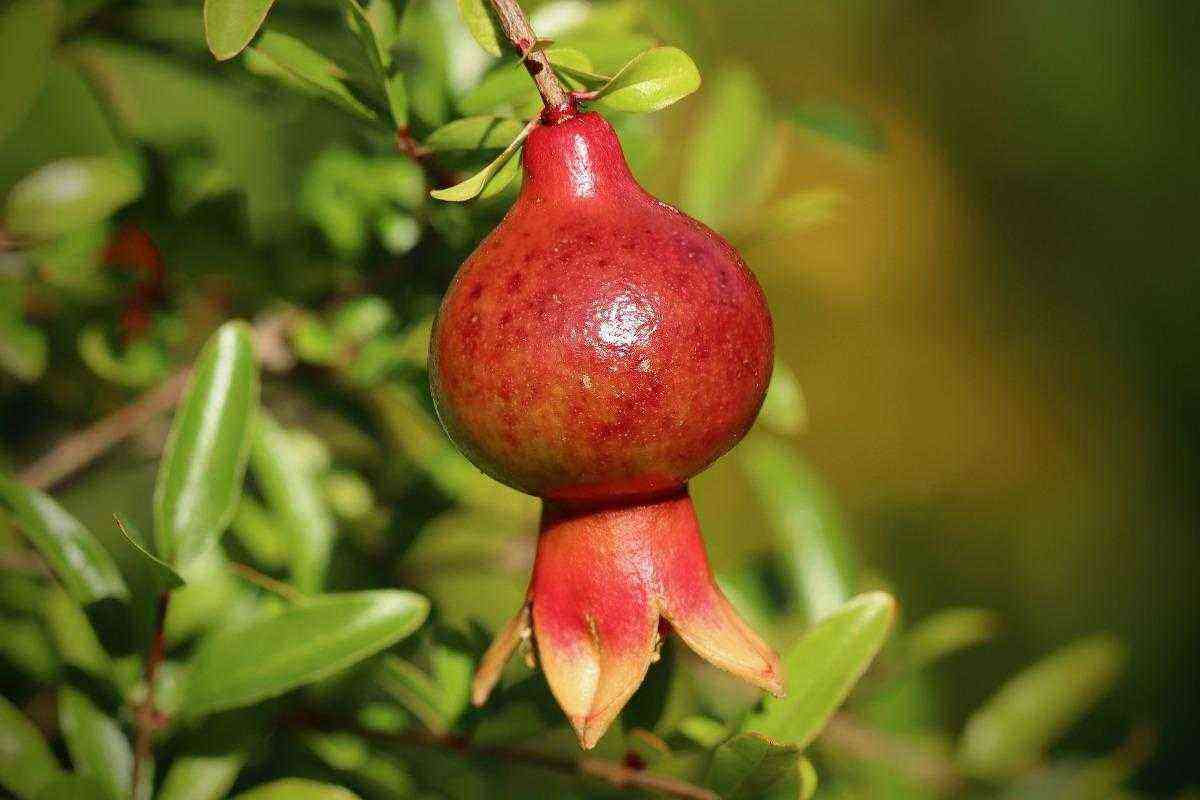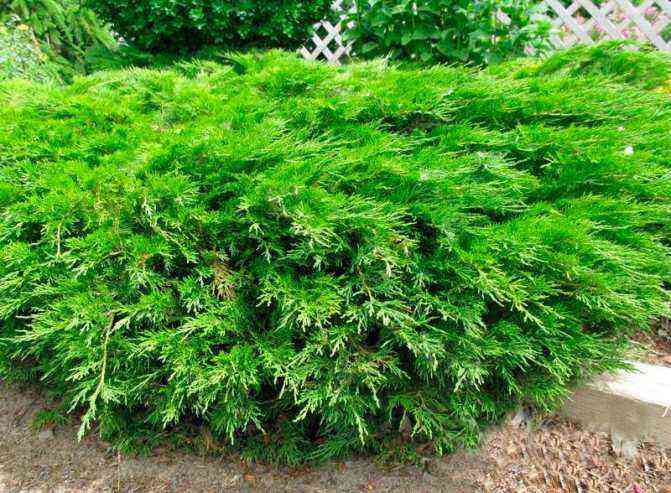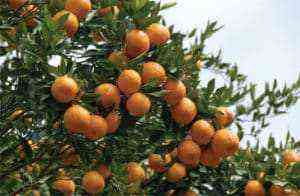Description of an ornamental shrub, use in landscape design
Japanese quince is a low-growing ornamental shrub. She will decorate any garden in spring, when many huge (for its small stature) orange-red flowers up to 4 cm in diameter, which are strewn with all the branches, are blooming on it.
In summer, the plant attracts the eye with its glossy foliage with pouring fruits. In autumn, it is strewn with medium-sized yellow fruitsresembling small apples.
Gardeners mainly plant low shrubs for decorative purposes. A group of 3-5 plants looks very good on lawns. A small bush of quince will decorate a flower bed or an alpine slide, often used in landscape design.
Shrub blooms in May and, due to the uneven opening of the buds, the bright bloom stretches for 2-3 weeks.
Spireas, forsythia and magonia will become worthy partners in garden compositions for her.
Quince has the ability to grow in breadth due to abundant root growth, and this is its quality very often used to strengthen slopes (it holds the soil).
You need to be careful with shrubs, as there are sharp thorns on some varieties.
Henomeles (Japanese quince) due to its frost resistance (withstands frosts down to -25 ° well) suitable for growing in the Moscow region… With frosts below -30 ° C, the buds may freeze, but the bush will not die.
With proper cultivation, the shrub grows up to 40 years old.
Japanese quince, or chaenomeles:
Description and features of culture
Japanese quince is considered a tall shrub. On the surface of the plant there are frequent and large elongated leaves. The leaf blade is characterized by a rich green tint. Plant height – up to 3 m.
Detailed culture description:
- young shoots are green, scaly-tomentose, and with age they become naked with a brown color;
- the length of the leaves is 3–6 cm, and the width is 2–4 cm;
- flowers – pink, orange or red;
- inflorescences are large, thyroid;
- the width of the flowers is up to 5 cm. They form inflorescences, gathering 3-5 pieces;
- fruits are round in shape with a yellow-green peel. Fruit diameter – up to 6 cm. Quince suitable for consumption.
The berries ripen closer to October. Japanese quince belongs to slow-growing crops. Despite the fact that the plant is considered thermophilic, it can survive frosts down to -30 ° C. Fruiting occurs in the fourth year after planting in open ground. The yield is average, about 3 kg of fruits are harvested from each tree.
Important! Due to the excessively tart taste, fresh fruits are rarely eaten. They are mainly used for making preserves, compote and jam.
Outdoor planting and care
Quince is not demanding on growing conditions, but there are several conditions that must be taken into account when planting a seedling:
- the planting site should be sunny, since the shrub grows and blooms poorly in shade;
- in order to avoid freezing of the bushes in severe winters, plant them in places protected from northern winds;
- the acidity of the soil should not exceed 6,5pH (slightly acidic);
- having a taproot deeply going into the soil, the plant does not tolerate transplanting from place to place, we plant immediately and forever;
- the distance between the bushes is 1-1,5 m, when forming a hedge 0,8-1 m.
It is preferable to plant quince in the spring; during autumn planting, the plant may not have time to take root and freeze.
Landing rules:
- pour about a bucket of humus with wood ash (60 kg) and superphosphate (60 kg) added into the dug planting hole (50 * 0,5 * 0,3cm), mix with a shovel with a small amount of earth;
- we place the seedling in the hole in such a way that the root collar was at the level of the soil;
- we cover the roots of the plant with earth and water it well;
- it is advisable to mulch the soil around the bushes (sawdust, chopped bark, peat).
It is preferable to plant quince in spring; during autumn planting, the plant may not have time to take root and freeze
Further care for a young seedling consists of watering, but waterlogging of the soil should not be allowed in order to avoid rotting of the roots, regular loosening of the soil around the bushes.
Since during planting all the necessary batteries were introduced, then no need to feed the plant for two years after planting.
Adult plants in the spring, after the snow melts, are fed with ammonium nitrate about 20 g per bush. In the summer, they give liquid fertilizing with organic matter (diluted mullein or bird droppings). Superphosphate is introduced in the fall.
The plant is winter-hardy, but young seedlings in the conditions of the Moscow region for the winter in the first years after planting are better to insulate.
To do this, you can use spruce branches or cover small plants with a covering material (spandbond or lutrasil), put wooden or plastic boxes on top and sprinkle with fallen leaves.
Quince fruiting annually, starting from the third year after planting.
Chaenomeles cross-pollinated plant, therefore, for better pollination and increasing yields, 2-3 bushes need to be planted nearby.
Features of planting chaenomeles:
Breeding methods for Japanese quince for transplant
There are several ways to breed Japanese quince.
Seeds
Due to the fact that varietal qualities are not preserved during seed reproduction, it is used when growing rootstocks with further grafting.
Seeds collected from fruits in autumn are stored in moist sand at a temperature of about 0 ° C throughout the winter. (thus they are stratified).
Seeds are sown in planting containers in February – March, after 1,5 months they dive into separate containers and at the end of May and beginning of June the seedlings are ready for planting in open ground.
Regular watering and feeding is carried out until autumn., for the winter, seedlings that are not yet fully strengthened are insulated with fallen leaves.
The easiest way is to plant the seeds collected in the fall in prepared rows, sprinkle with earth, cover with polyethylene and cover with foliage.
The germination of such seeds is excellent., since they have undergone natural stratification, in the spring dense seedlings must be thinned out, leaving the strongest ones. By the fall, the seedlings are ready to be transplanted to a permanent place of growth.
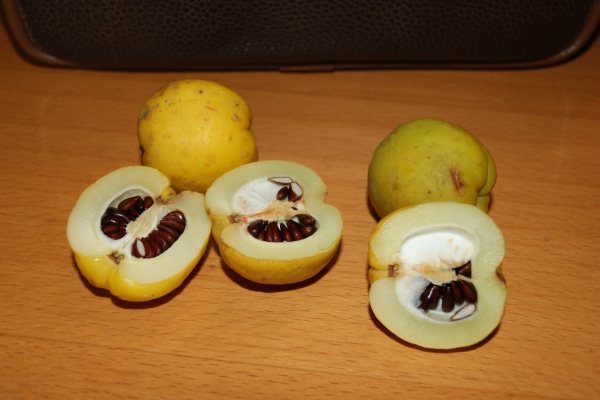

It is best to collect the seeds in the fall and immediately plant them in the beds, covering them with polyethylene
Cuttings
In early June, green cuttings are carried out… Annual cuttings with a “heel” (a piece of last year’s wood) are cut. Slices are processed by “Kornevin” for better rooting and planted in the school at an angle.
To maintain humidity, cover the plantings with plastic wrap. By autumn, the seedlings are ready for transplanting to a permanent place, but it is better to do this in the spring.
You can cut ripe cuttings in the fall, dig under a bush at a depth of 20-30 cm, be sure to outline the place.
During the winter, callus forms at the ends of the cuttings, and with the onset of spring, the cuttings are planted immediately in a permanent place.
By dividing the bush
The easiest way to reproduce… Shoots with a well-developed root system are separated from the mother bush (root growth) and transplanted.
Horizontal layers
Quince often grows creeping shoots, having dug in which you can get seedlings for subsequent reproduction.

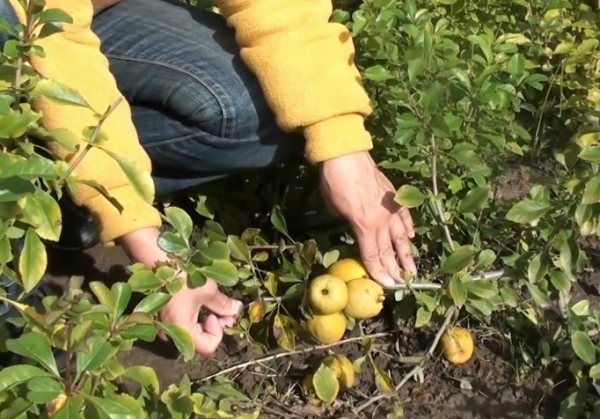
You can bend to the ground and dig in the horizontal layers of Japanese quince
Landing
Quince is placed in dry, well-lit areas. The plant is not afraid of strong winds and can serve as wind protection for more capricious plants.
Expert Opinion
Stanislav Pavlovich
Gardener with 17 years of experience and our expert
Ask a question
Important! Wild forms of chaenomeles grow well on soil of any fertility. Varietal plants need fertile soil.
Germinating seeds at home
Seedlings of varietal quince are expensive, so many gardeners resort to sowing perennials with seeds. Before planting seeds in the soil, they need to be prepared.
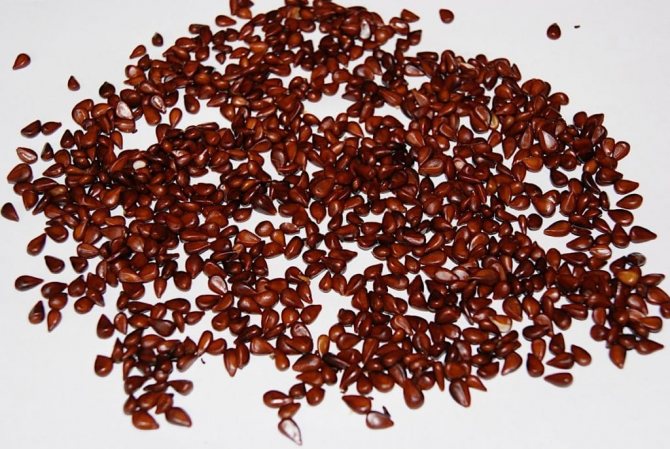

Full-fledged ripe quince seeds should be stratified (cold treated). You can sow them before winter or put them in the refrigerator. Artificial cooling is carried out for a month, at a temperature of +4 degrees, by placing the seeds in raw sawdust.
After stratification, the quince is laid out for germination. The seeds are left in damp sawdust or perlite by placing the container in a warm place. The sawdust is periodically moistened.
When seedlings appear on the seeds, they are sown in separate 500 ml glasses. The soil is composed of sand and sod land.
Planting seedlings in open ground
Quince is planted in spring, when the soil warms up to +12 +15 degrees. One-year-old seedlings are used.
Site selection and preparation
Quince is placed in the sun or in a light lace shade. The site should not be damp – the roots of the plant are sensitive to excess moisture.
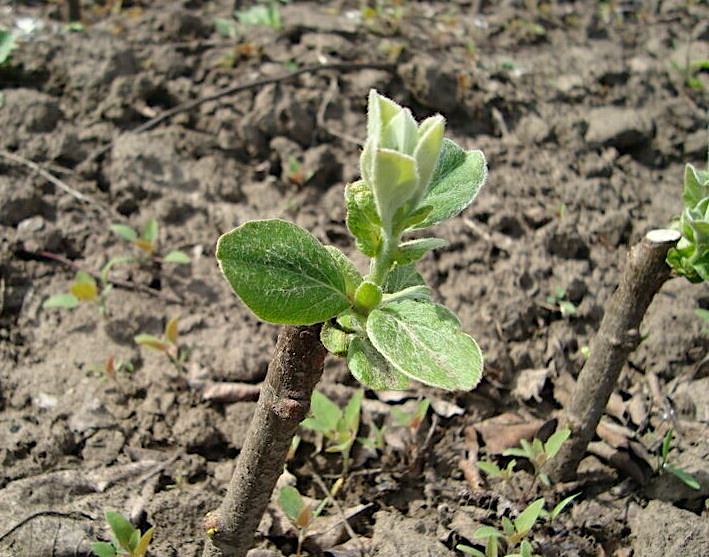
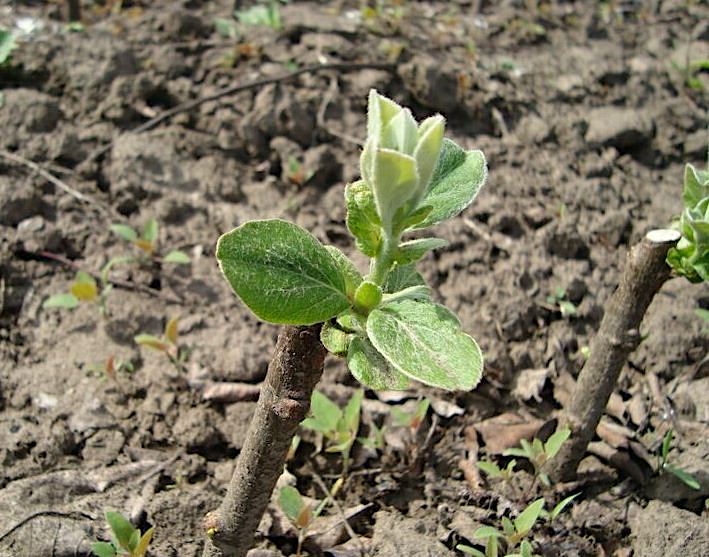
The composition of the soil is preferable loamy or sandy loam. Sand and humus are added to clay and peat soils to obtain a crumbly structure and reduce acidity.
The root system of the quince is superficial, so it is enough to cultivate the soil for it to a depth of 30 cm.
Landing dates and schemes
They start work in April, before the onset of the heat. In regions with mild winters, you can plant quince in autumn – in September.
The layout depends on the size of the bush: large-sized plants are planted at a distance of 2-4 m from each other, compact varieties at a distance of 1 m.
Chaenomeles pruning rules
The shrub tolerates pruning very well, but most gardeners, due to the thorniness of the plant, do not do it in vain. Quince pruning is necessary to improve growth and crown formation for decorative purposes.
There are three types of trimming:
- Sanitary – dry, frozen and broken branches are removed in early spring.
- Formative – they begin to do it from the age of 4, when the branches begin to branch. Shoots growing inside the bush and thickening it are cut out, excess root growth is removed, leaving no more than 2-3 young shoots annually to avoid strong expansion of the bush in breadth. Shoots creeping on the ground are also removed, they take food on themselves and thicken the bush.
- Rejuvenating – it is produced from the age of 8 in the bush, when the annual growth becomes less than 10 cm. Thin and elongated shoots are removed, leaving the strongest 10-12 in the bush. When thinning, you need to remember that the most productive are shoots at the age of 3-4 years, older branches must be removed.
In order to avoid the penetration of diseases into the plant, all sections must be treated with garden varnish.
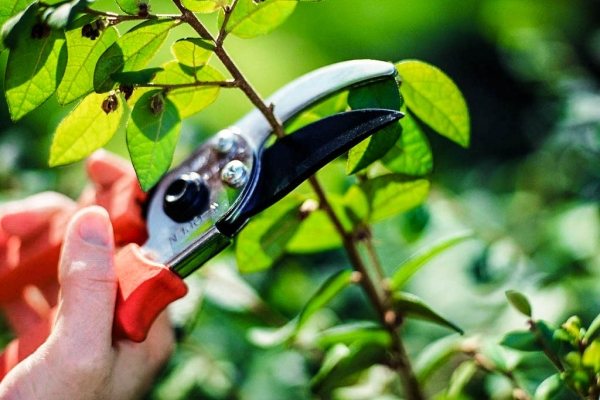
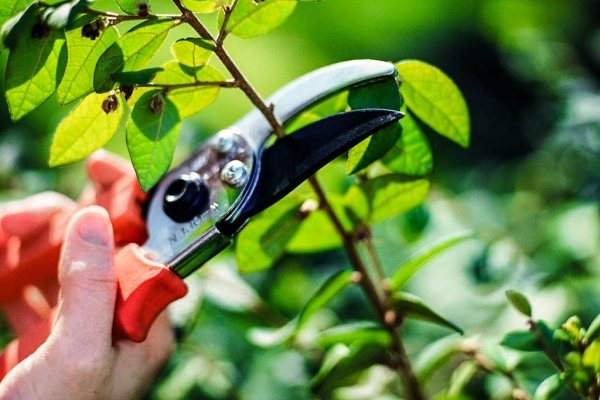
Quince pruning is necessary to improve growth and crown formation for decorative purposes.
Pests and diseases
Chaenomeles is not damaged by pests and has great resistance to diseases, but in cool and rainy summers such diseases as:
- leaf necrosis – the appearance of a gray bloom along the edge of the leaf with further spread over the entire surface of the leaf, the leaves dry out;
- cercosporiosis – appears in the form of dark brown round spots that brighten over time;
- ramulariosis – the formation of brown spots on the leaves.
To combat diseases, spraying shrubs with solutions of copper sulfate (10% concentration) or a solution of foundationol (concentration 0,2%) works effectively.
The use of quince is a harmless treatment!
What is quince used for in folk medicine? First of all, it is advised for anemia, chronic gastritis and diabetes mellitus. It is advised to brew tea from seeds with a strong cough, and the leaves and bark of quince branches help in the treatment of hypertension.
In addition, the fruits themselves (fresh, baked or dried) are used as a diuretic, which is indicated for problems with the heart and kidneys. Quince is also recommended for chronic neuroses, as well as an effective choleretic agent. It is enough to regularly consume at least 100 grams of fresh fruit three times a day.
It is believed that the aromatic substances of quince can even relieve spasms of the vessels of the brain. Therefore, after harvesting, the fruits are advised to be laid out for a while in the room. Quince is used and externally – quince seeds are brewed (1 teaspoon per 300 ml of water), infused and applied in the form of lotions on sore eyes or a balding part of the head. In addition, quince is able to help a person in the fight against intoxication with heavy metals, with anemia and vitamin deficiency – patients are advised to use syrups and decoctions from fresh and dried fruits.
Varieties for cultivation in the Moscow region
In central Russia, low-growing varieties up to 1 m in height are grown, with arched branches and a spreading crown.
Of the domestic varieties, the most common are:
- Fragrant – bush up to 1,2 m high, winter-hardy, fruit weight 50-60 g, with a pleasant aroma;
- Nikitskaya – early maturity, medium vigor, winter hardy;
- Vitamin – winter-hardy, compact bush, with bright yellow fruits weighing up to 100 g;
- Muscat – a large-fruited variety (fruits up to 200 g), self-pollinated, winter-hardy;
- Teplovskaya – a variety of late ripening and long-term storage of fruits.
The most famous foreign varieties:
- Guyardi – variety with large orange flowers;
- Malardi – gorgeous pink flowers with a white border;
- Papel – an interesting variety with yellow flowers and a pink border around the edge of the petal.

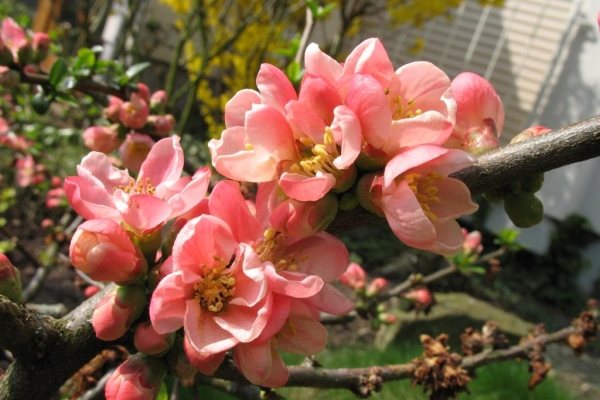
In central Russia, low-growing varieties are grown up to 1 m in height, with arched branches and a spreading crown
Harvesting in autumn, storing fruits
Quince fruits are small, hard and sour in taste, but very aromatic and with a high content of vitamin C. They are harvested in September – October, before the onset of frost.
They are stored at an air temperature of 1-2 ° C for 2-3 months. As a result of maturation, they become softer, the sweet aroma is enhanced.
The easiest way is to cut the quince fruits into slices or grate, sprinkle with sugar in a 1: 1 ratio and store in the refrigerator. This blank is used in the preparation of drinks and added to tea.
Jams, jams are also made from the fruits of chaenomelis, and added to compotes. Due to the high iron content, chopped fruits darken quickly.
Japanese quince. Northern lemon:
Suitable timing for collection
The full ripening of the fruits of the Japanese culture occurs at the end of the majestic and early September. But the time of harvest depends on the varietal species and climate in the region of growth. Therefore, the harvesting period ranges from September until the first ten days of November.
In the European part of our country, an early ripe configuration is grown. Harvesting begins here in September. In the southern regions, in the Rostov region and the Krasnodar Territory, in fact, all varietal types and hybrids are used. Depending on the variety, early or late ripening, the fruits begin to pick in September, and end in November.
In Siberia and the Urals, gardeners are engaged in breeding varieties of early and frost-resistant alike, they begin to harvest at the very beginning of the first autumn month.
Jam making
For 1 kg of quince you need: 2 kg of sugar and 1,5 cups of water. Wash the quince, dry it, remove seeds and hard white partitions, cut into small wedges.
Put slices in boiling syrup, boil over low heat for 10 minutes, removing the foam, then remove from heat and leave for 12 hours. Boil the jam again for 10 minutes, etc. until the quince slices become transparent.
We lay out the finished jam in sterilized jars, leave it until winter. In winter, aromatic jam will remind you of the beauty of flowering shrubs and the approaching warm summer.
Japanese quince is unpretentious in cultivation, it is undemanding in attention and it is easy to care for it, but at the same time it is beautiful in flowering and useful in application.
